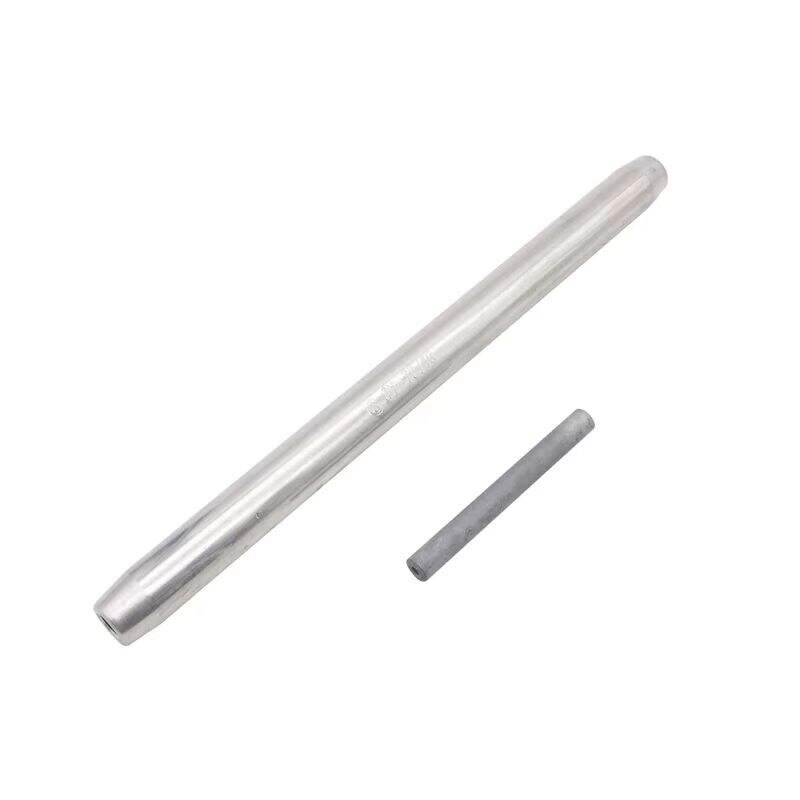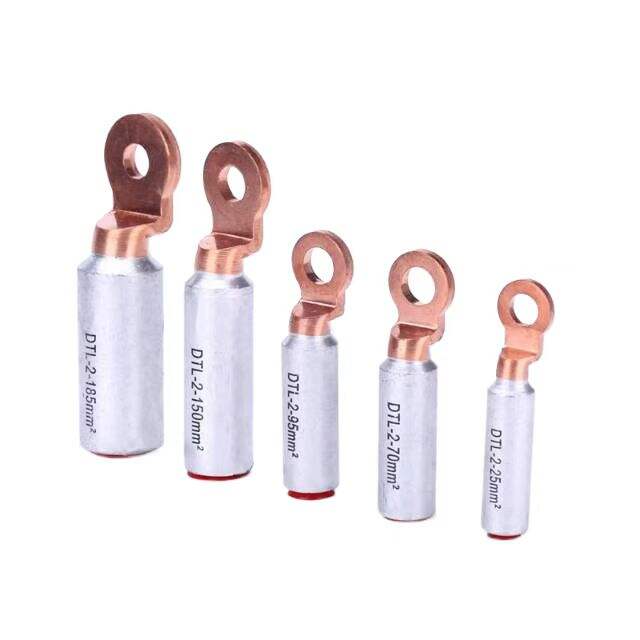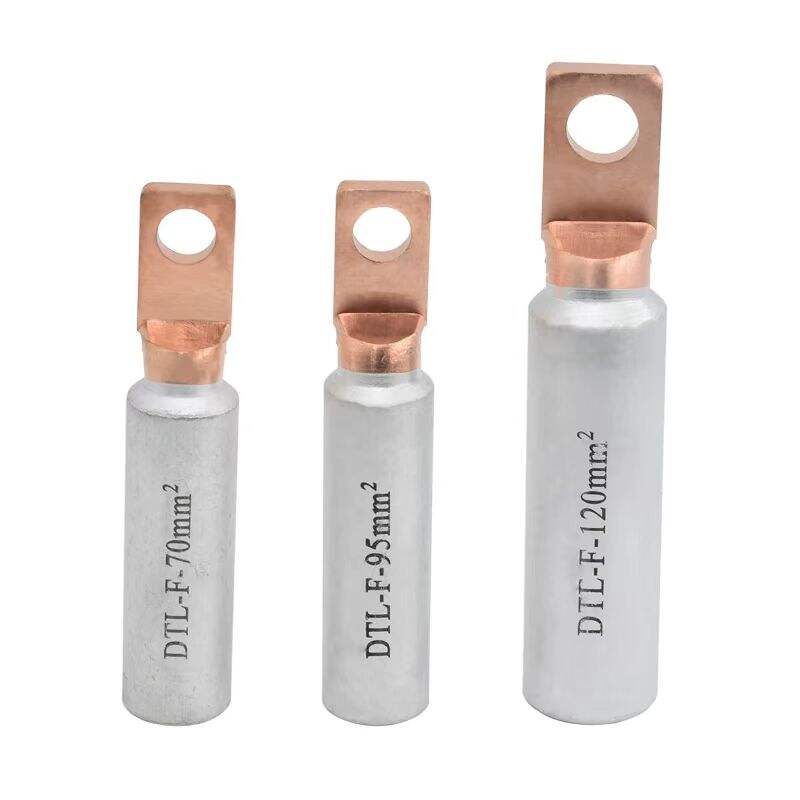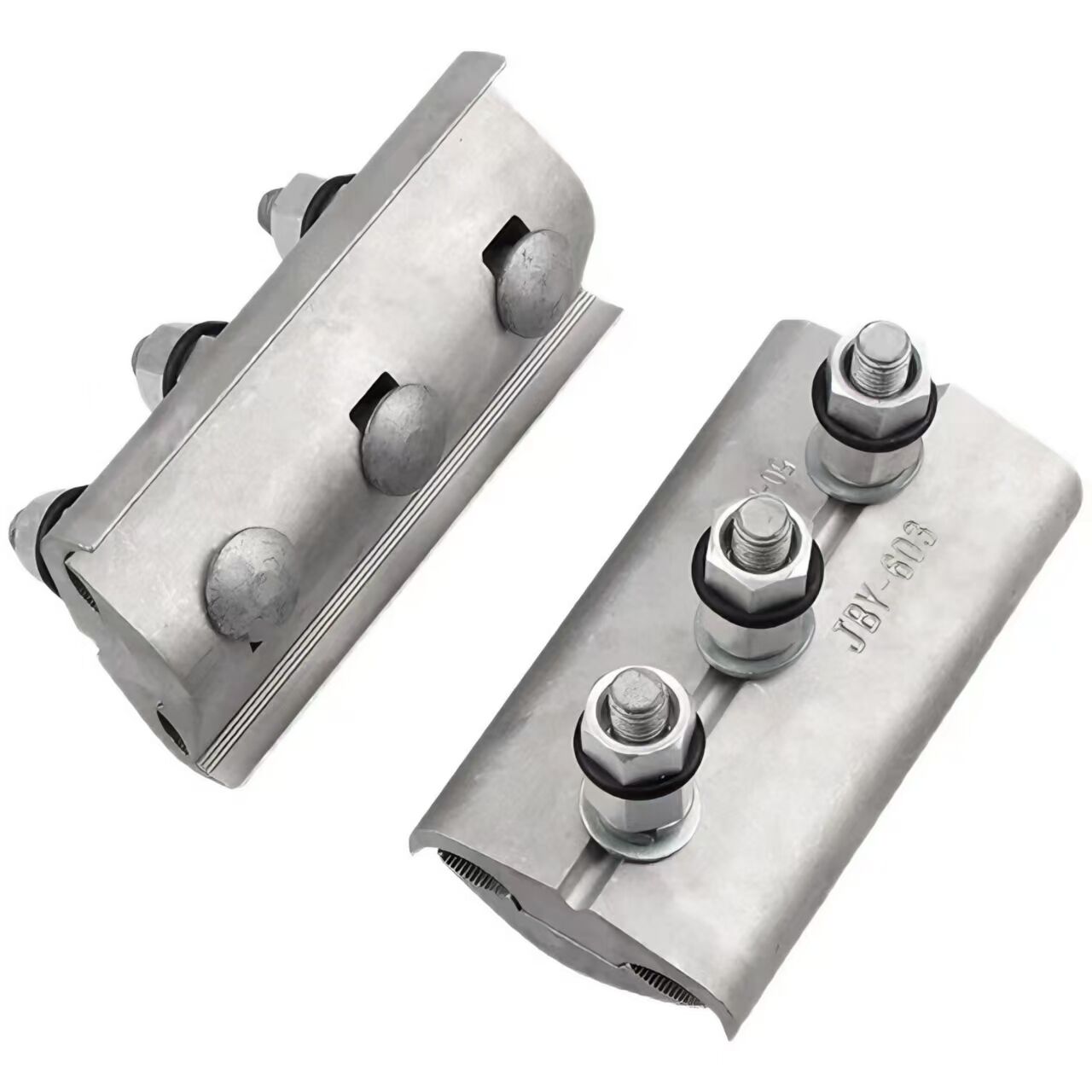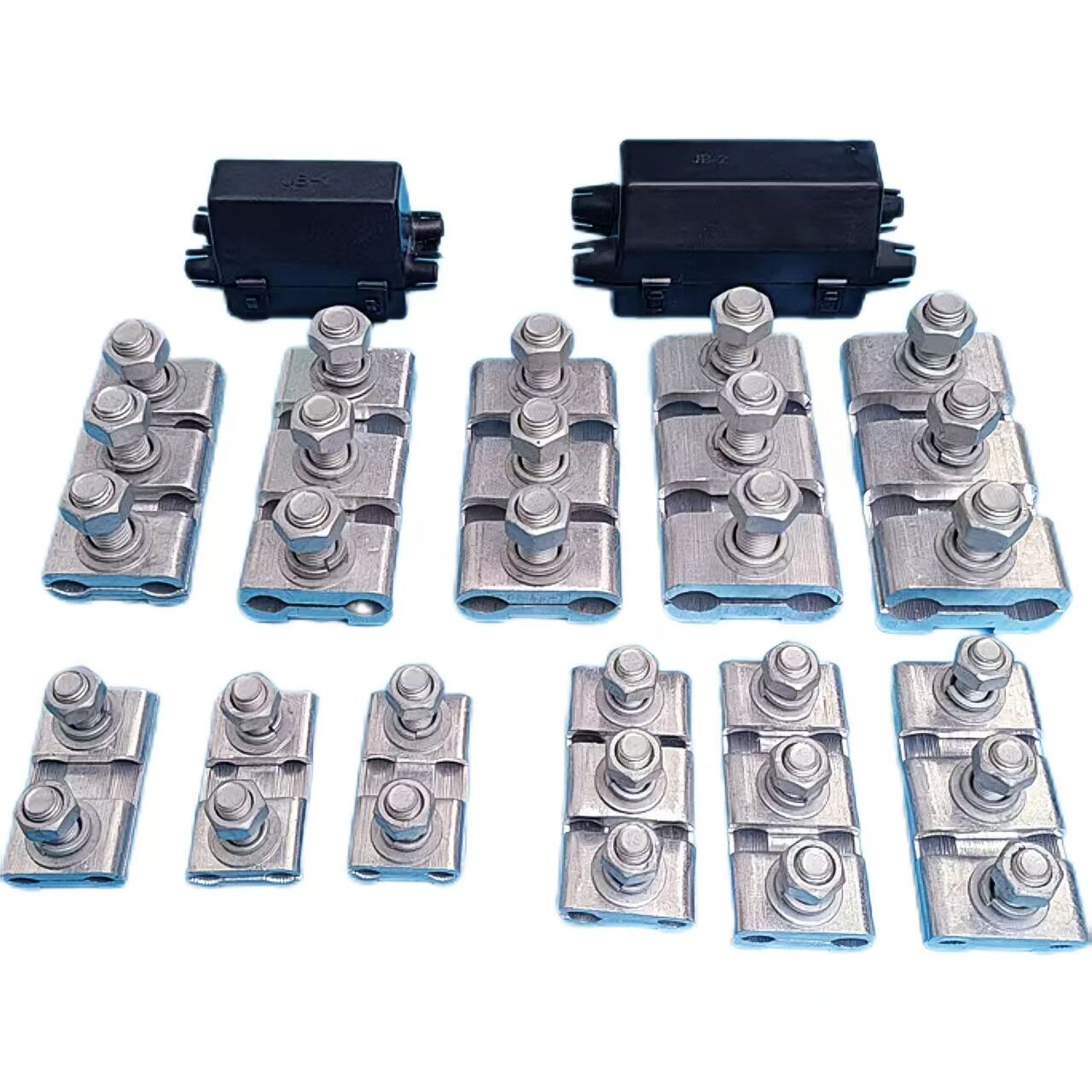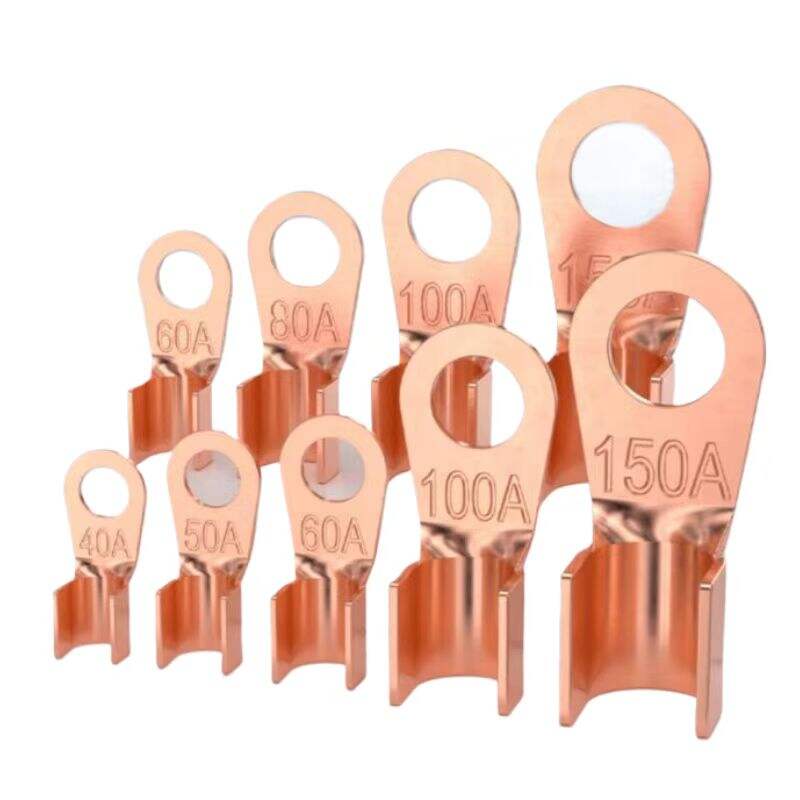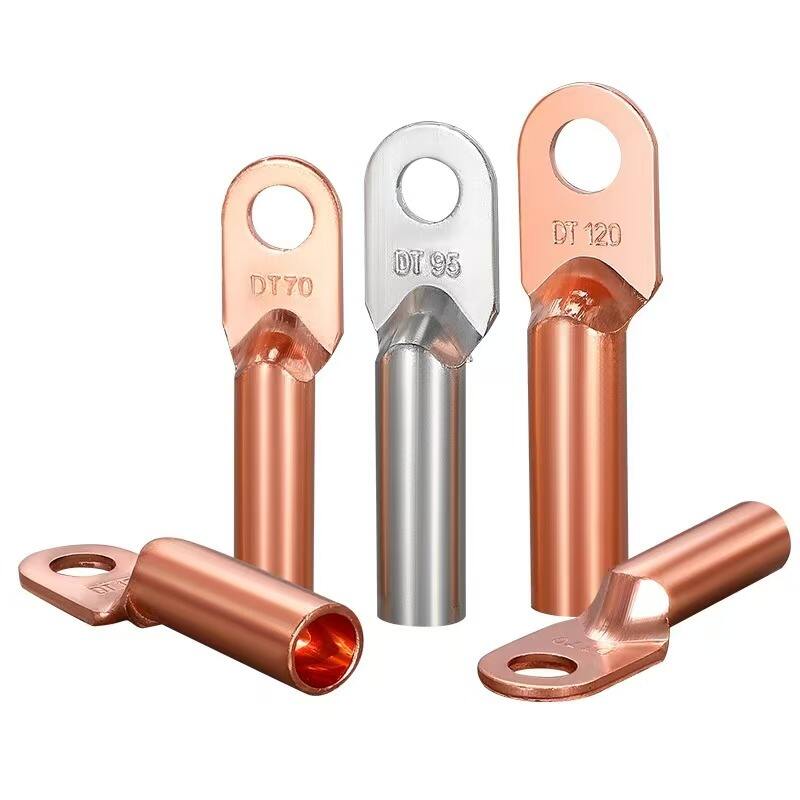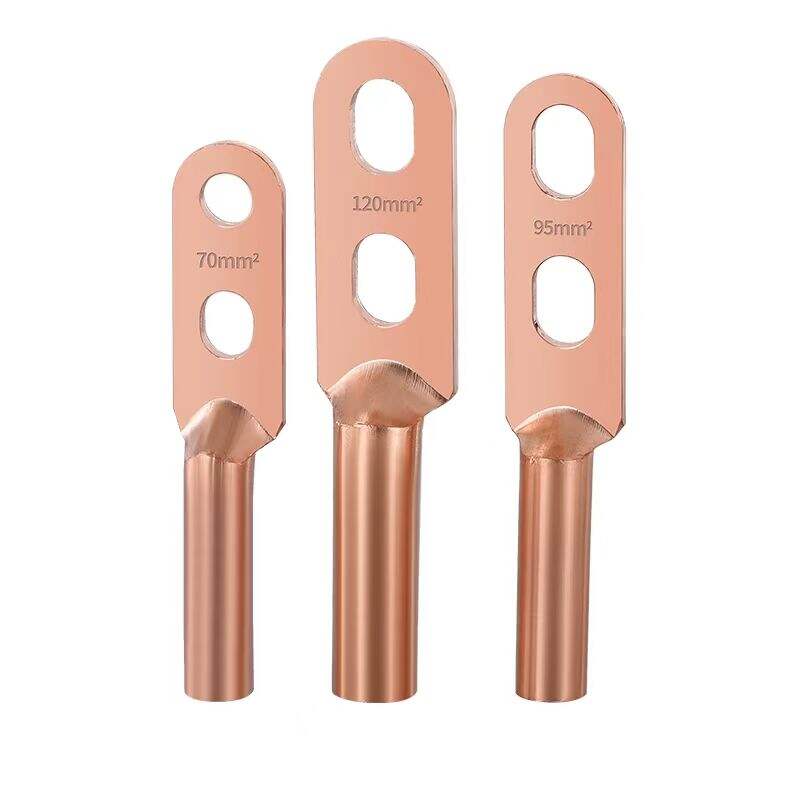1. Excellent Electrical Performance
With low joint resistance (generally no more than 1.1 times the resistance of an equal-length conductor),It effectively reduces power loss and ensures smooth current flow. The low-resistance design minimizes heat generation at the connection point, maintaining high efficiency in power transmission systems, especially for high-voltage overhead lines.
2. High Mechanical Strength
The mechanical strength of the joint is not less than 90% of the conductor’s rated tensile strength, enabling it to withstand the tension of conductors in overhead power lines and ensure safe and stable line operation. This robust mechanical performance is critical for resisting environmental stresses such as wind, ice loads, and thermal expansion/contraction.
3. Corrosion Resistance
Aluminum materials exhibit good corrosion resistance, making them suitable for various natural environments and extending the service life of the transmission lines. The corrosion-resistant properties reduce maintenance needs and enhance the long-term reliability of the power infrastructure.
4. Reliable Installation Quality
The hydraulic butt-joint process is relatively mature, with minimal impact from human factors during installation. Following standard operating procedures ensures consistent and reliable installation quality, reducing the risk of faulty connections. This standardized approach is widely recognized in power engineering for its precision and dependability in creating secure conductor joints.
 E-mail:
E-mail:




